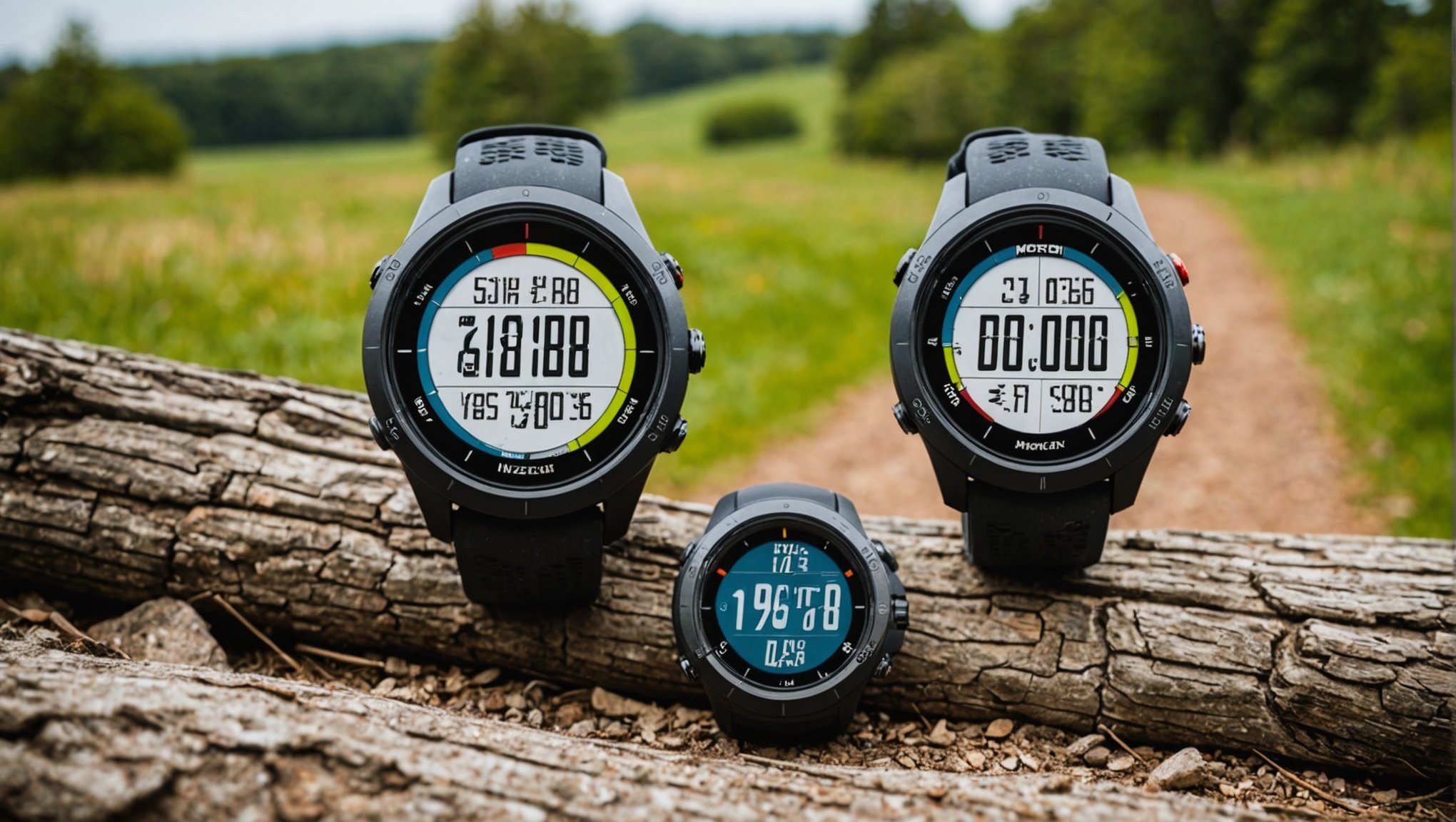GPS sports watches have revolutionized the way runners train and track their progress. These devices not only measure distance, time, and pace but also offer valuable insights into heart rate and recovery. Understanding how to leverage these features can be the key to enhancing your performance and reaching your running goals. Explore how to unlock your true running potential and seamlessly integrate GPS technology into your training regimen. Discover the benefits and strategies that these innovative watches provide for every runner, from novice to seasoned athlete.
Overview of GPS Sports Watches
In the realm of running technology, GPS sports watches have emerged as indispensable wearable devices for athletes and fitness enthusiasts alike. Designed to offer more than just timekeeping, these watches integrate advanced features to enhance running performance and provide valuable insights into training progress.
Topic to read : Unlocking Peak Performance: The Power of Visualization Techniques for Weightlifters
At their core, GPS sports watches are engineered to accurately track a runner's location, speed, and distance. This is achieved through satellite connectivity, allowing runners to monitor their routes and pace with precision. Such data is crucial for setting goals and evaluating progress over time.
Key features of these wearable devices include heart rate monitoring, which offers insights into cardiovascular health and helps optimise workout intensity. Additionally, many models provide real-time feedback on metrics like cadence and stride length, enabling runners to refine their technique and efficiency.
Additional reading : Essential tests of running and trail shoes for every runner
Beyond performance enhancement, these watches serve a vital role in tracking metrics. By logging data such as calories burned and elevation gained, runners can tailor their training regimens to meet specific targets. This comprehensive approach not only aids in achieving personal bests but also minimises the risk of injury through informed adjustments to training intensity and recovery periods.
Comparison of Popular GPS Sports Watches
Exploring the market for the best GPS watches involves examining numerous watch reviews and conducting thorough product comparisons. This section delves into the top models, their features, and user feedback.
Top Models for Different Budgets
When considering GPS sports watches, budget plays a significant role. For those seeking high-end options, models like the Garmin Forerunner 945 offer extensive features, including music storage and advanced training metrics. Mid-range options, such as the Polar Vantage M, provide essential tracking features without breaking the bank. Budget-friendly choices, like the Coros Pace 2, maintain core functionalities with impressive battery life.
Feature Comparisons
Feature-wise, the best GPS watches vary significantly. High-end models often include VO2 max estimation, recovery time suggestions, and smartphone notifications. Mid-range watches focus on accurate GPS tracking and heart rate monitoring. Budget models excel in battery efficiency and basic tracking capabilities, making them ideal for beginners.
User Ratings and Testimonials
User feedback is crucial in determining the reliability of GPS sports watches. The Garmin Forerunner 945 receives praise for its comprehensive data analysis, while the Polar Vantage M is appreciated for its user-friendly interface. The Coros Pace 2 garners positive reviews for its affordability and impressive performance metrics, making it a favourite among budget-conscious athletes.
Maximizing Training with GPS Sports Watches
Harnessing the full potential of GPS sports watches can significantly enhance your running strategies and performance. Customizing watch settings is a crucial first step. Most models allow you to tailor data screens to display essential metrics like pace, distance, and heart rate in real-time. This customization ensures that you have immediate access to the information that matters most during your workouts.
For effective interval training, utilize the watch's ability to set and track intervals. By programming specific time or distance goals, you can maintain optimal pacing and improve your endurance. This method is particularly beneficial for those looking to break through performance plateaus.
Incorporating heart rate monitoring into your training plan is another powerful tool. By understanding your heart rate zones, you can adjust workout intensity to align with your fitness goals. For example, maintaining a certain heart rate range during long runs can improve aerobic capacity, while higher intensity intervals can boost speed and power.
By implementing these training tips, athletes can fine-tune their routines for maximum efficiency and performance enhancement. Whether you're a seasoned runner or a beginner, leveraging the advanced features of GPS sports watches can transform your training approach.
Insights on Tracking Metrics
Understanding running metrics is essential for effective performance tracking and data analysis. These metrics provide valuable insights into your running habits and help in setting achievable goals.
Key Metrics to Monitor
Monitoring key metrics such as pace, distance, and cadence is crucial. Pace indicates how fast you are running per mile or kilometre, helping you manage your speed during training. Distance measures the length of your run, which is vital for endurance training. Cadence, or the number of steps per minute, can enhance running efficiency when optimised.
Interpreting Data for Performance Improvements
Interpreting running metrics data allows for targeted improvements. Analysing pace trends can reveal if you're maintaining consistent speeds or need to adjust your training intensity. Reviewing distance data helps identify endurance progress, while cadence analysis can highlight opportunities to improve stride efficiency. This comprehensive data analysis supports informed decision-making in your training regimen.
Setting Goals Based on Tracked Metrics
Setting realistic goals based on tracked metrics is a strategic way to progress. For instance, you might aim to increase your average pace or extend your running distance over time. Regularly assessing your performance tracking data ensures that your goals remain aligned with your current fitness level and aspirations.
Integrating Technology into Your Training Plan
Incorporating training plans with data insights is essential for performance optimization. By using the detailed metrics from your GPS sports watch, you can craft a personalized training regimen that aligns with your fitness goals. This approach ensures that every workout contributes meaningfully to your progress.
Developing a Personalized Training Plan
Start by analysing the data collected from your runs. Look for patterns in pace, distance, and heart rate. Use this information to set realistic targets and tailor your training plans. For instance, if your data shows a consistent pace but fluctuating heart rates, consider focusing on cardiovascular endurance.
Strategies for Adjusting Training
Adjust your training based on real-time performance data. If you notice a plateau in your progress, tweak your routine to include varied workouts such as interval training or long runs. This dynamic approach keeps your body challenged and promotes continuous improvement.
The Role of Recovery and Rest
Recovery is a crucial component of performance optimization. Use your watch's data to schedule rest periods effectively. Monitoring metrics like heart rate variability can indicate when your body needs rest, preventing overtraining and reducing injury risk. Prioritizing recovery enhances your overall training efficiency.













